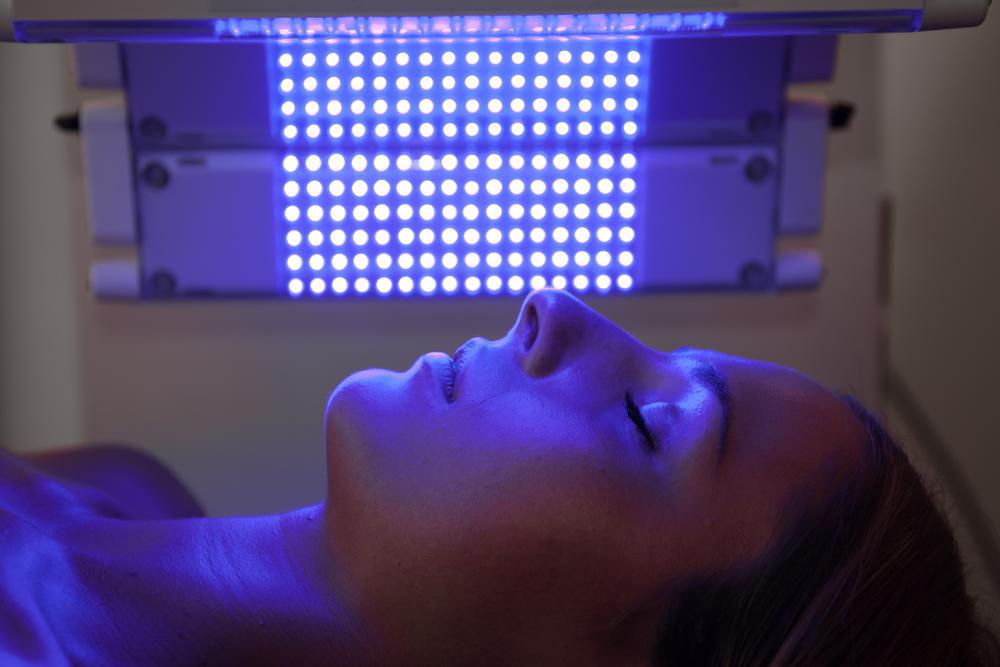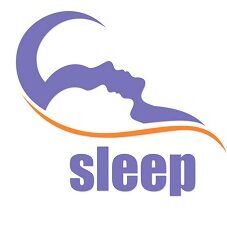When it comes to getting a good night’s sleep, many individuals struggle with various sleep disorders that disrupt their sleep patterns. Sleep disorders can have a significant impact on one’s overall well-being and quality of life. Fortunately, there are several treatment options available, and one such option is light therapy.
What is Light Therapy?
Light therapy, also known as phototherapy, involves exposure to specific wavelengths of light to help regulate the body’s circadian rhythm and improve sleep. It typically involves using a light therapy box that emits bright light, mimicking natural outdoor light.
How Does Light Therapy Work?

Light therapy works by stimulating special cells in the eyes that are sensitive to light. These cells then send signals to the brain, which helps regulate the body’s internal clock and sleep-wake cycle. By exposing oneself to bright light in the morning or throughout the day, it helps reset the circadian rhythm, leading to improved sleep at night.
Benefits of Light Therapy for Sleep Disorders
1. Treatment for Seasonal Affective Disorder (SAD): Seasonal Affective Disorder is a type of depression that occurs during specific seasons, typically winter. Light therapy can help alleviate the symptoms of SAD, including fatigue, sadness, and sleep disturbances.
2. Improvement in Insomnia: Insomnia is a common sleep disorder characterized by difficulty falling asleep or staying asleep. Light therapy can help regulate the sleep-wake cycle, making it easier for individuals with insomnia to fall asleep and improve sleep quality.
3. Shift Work Sleep Disorder: People who work night shifts or irregular hours often experience disrupted sleep patterns. Light therapy can help regulate their circadian rhythm and improve sleep quality during the day.
How to Use Light Therapy?
Here are some essential tips for effectively using light therapy:
- Choose a high-quality light therapy box that emits bright light.
- Position the light therapy box at eye level, about 16 to 24 inches away from your face.
- Start with short sessions, around 10 to 15 minutes, and gradually increase exposure time to 30 minutes to an hour.
- Use light therapy in the morning or early afternoon to avoid interfering with your natural sleep-wake cycle.
- Avoid staring directly at the light source to prevent eye strain or damage.
Precautions and Side Effects
While light therapy is generally safe, it’s essential to be aware of potential side effects and take necessary precautions:
- Some individuals may experience mild headaches or eyestrain, but these symptoms typically subside with continued use.
- Avoid using light therapy if you have certain eye conditions or are taking medications that increase sensitivity to light. Consult with a healthcare professional if unsure.
- Ensure the light therapy box meets safety standards and is free from ultraviolet (UV) rays.
- Always follow the instructions provided by the manufacturer for optimal and safe use.
Conclusion
Light therapy is a non-invasive and effective treatment option for various sleep disorders. By using a light therapy box, individuals can regulate their circadian rhythm, improve sleep quality, and alleviate symptoms associated with conditions like Seasonal Affective Disorder and insomnia. Remember to take necessary precautions and consul click here to investigate click here to investigate t with a healthcare professional if needed before starting light therapy. Incorporating light therapy into your daily routine could be the key to”

Welcome to my website! My name is Jack Rosman, and I am a professional Dream Psychologist dedicated to helping individuals achieve better sleep, understand their dreams, and improve their overall well-being. With years of experience in the field, I am passionate about providing effective snoring solutions, sleep therapy, sleep supplements, and dream analysis to enhance the quality of your sleep and unlock the hidden messages within your dreams. Read More

